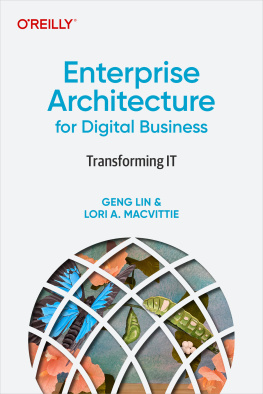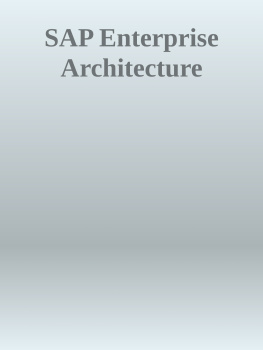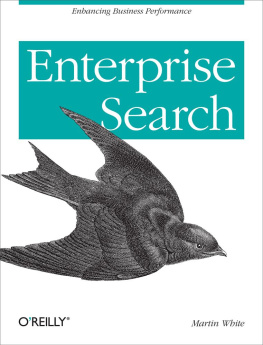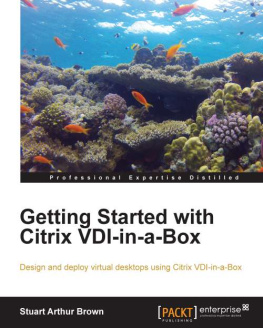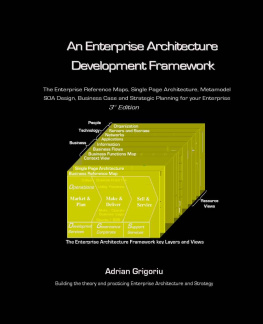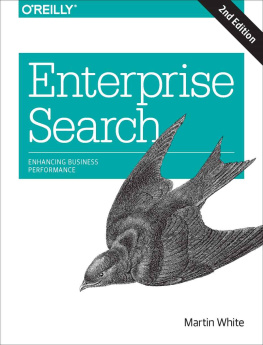FOURTH EDITION
An Introduction to Holistic
Enterprise Architecture
Scott A. Bernard
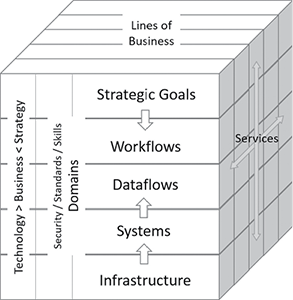

AuthorHouse
1663 Liberty Drive
Bloomington, IN 47403
www.authorhouse.com
Phone: 1 (800) 839-8640
2020 Scott A. Bernard. All rights reserved.
No part of this book may be reproduced, stored in a retrieval system, or transmitted by any means without the written permission of the author.
Published by AuthorHouse 04/16/2020
ISBN: 978-1-7283-5805-5 (sc)
ISBN: 978-1-7283-5804-8 (e)
Any people depicted in stock imagery provided by Getty Images are models,
and such images are being used for illustrative purposes only.
Certain stock imagery Getty Images.
Because of the dynamic nature of the Internet, any web addresses or links contained in this book may have changed since publication and may no longer be valid. The views expressed in this work are solely those of the author and do not necessarily reflect the views of the publisher, and the publisher hereby disclaims any responsibility for them.
Contents
This book is dedicated to my children:
Bill, Kristine, and Katie
Intended Audience
An Introduction to Holistic Enterprise Architecture is intended for all levels of practitioners in business and government who want to know more about how large, complex organizations can be understood and improved. No prior subject knowledge is required, the book is written using plain terminology.
Why I Wrote This Book
An Introduction to Holistic Enterprise Architecture allows me to share almost forty years of experience as a business and technology manager, architect, consultant, and teacher. This includes being a Chief Information Officer, a decade of service as the U.S. Federal Chief Enterprise Architect, and graduate-level teaching at two universities. I wrote this book to help move business and technology planning by moving from a program-level, system-specific view to a more strategy-driven enterprise-level perspective. This is needed when large, complex organizations seek to be more mission effective and cost efficient in the face of constant change.
The response to this book since it was first published in 2004 has been overwhelmingly positive, which I am grateful for. The changes presented in the 4 th edition include updates to each chapter that reflect new business and technology practices, use of the term holistic Enterprise Architecture (EA), updates to the Cube Framework, and new chapters on doing solution architecture projects and on how EA can help in mergers and acquisitions.
Use in Business Transformation
Organizations are ever-changing in response to internal and external influences that include leadership priorities, market conditions, innovations, regulations, and social trends. Holistic architecture helps to manage this change at the macro and detailed levels through integrated analysis and design methods that are informed by goal setting, workflow optimization, resource stewardship, and risk management.
The term business transformation is often used to indicate that significant changes in structure and function are needed for an organization to remain competitive. These changes will likely include what types of work will be prioritized, how and by whom that work is done, what the reward system will be, and what the key performance measures and resource dependencies are. Holistic architecture helps by mapping strategic goals to enabling workflows and supporting technologies organization wide.
The approach to holistic architecture that is presented in this book hopefully provides a clear explanation of the relationship between strategic, business, and technology planning. In its simplest form, strategic goals drive business workflows, which are often enabled by various technologies.
As many types of technology, especially information technology (IT), have become more available and affordable, they are built into most of the organizations mission and support functions, which make them tremendously important to organizational health. In recognition of this, the identification of integrated IT solutions to organization-wide (crosscutting) and mission-specific (vertical) requirements is one of the focal points of this book. Strategic goals and business requirements should drive IT solutions, and holistic architectures contribution to this alignment is another focal point of the book. Finally, this book provides specific documentation techniques that create strategy and business-driven views of the enterprise, which in turn can help to identify gaps in performance that IT solutions can often help to close.
Why is it important to emphasize the holistic aspect of this approach to enterprise architecture? Because in my experience, the various types of business and technology planning/improvement/delivery methods that arose over the past two decades do not play well together. Please forgive the acronyms, but this includes ITIL, TOGAF, DODAF, FEAF, MDA, SOA, LEAN, 6 Sigma, TQM, BPR, BPI, SaaS, PaaS, IaaS, Cloud, CMMI, RMF, RUP, CORBA, OO, CPIC, PMP, and TBM.
Can you tell me if, when, and where these methods (best practices) should be used in the organization? I have found that most people cant. This is too bad because some of the methods are very good at planning, improvement, and service delivery in specific areas of the organization. EA moves the perspective to the whole organization and includes all aspects nothing is left out. The framework identifies domains and uses the existing organization chart, asset inventory, and service catalog to create an over-arching model of the entire enterprise in a cube geometry.
There is a place for each of the methods mentioned above; a sub-architecture domain wherein a method is used, sometimes extending across several domains. This largely eliminates the battle of the best practices and architecture competition. It is not helpful to the organization when the supporters of various methods are vying for attention, support, resources, and influence. This unhelpful competition is made worse when proprietary commercial products and methods are added to the mix. This competition can set executives, managers, and staff against each other, which significantly detracts from organizational performance and morale.
So, the value proposition of the holistic EA approach presented in this book is that it is free to use and is proven through use in government and industry for nearly two decades. Think of EA as a neutral meta-method for viewing the organization. This can help you improve control and better be able to choose where, when, how to use domain-specific best practices. I encourage readers to subordinate and align domain-level architectures and best practices by inserting a holistic architecture to serve as the over-arching context for business transformation in an increasingly global operating environment.
Basic Terms for the Reader
As mentioned, I have tried to express concepts in this book using plain language so that readers without prior knowledge of enterprise architecture (EA) can understand them more clearly and without hype. After all, the title starts with An Introduction to so the objective is to provide the first book you can use to understand enterprise architecture. A full glossary of terms and definitions can be found at the end of the book, but to get started here are the book definitions of frequently used terms, provided in the context of EA:
Holistic: | All levels, elements, and groups are included in one architecture. |
Next page

